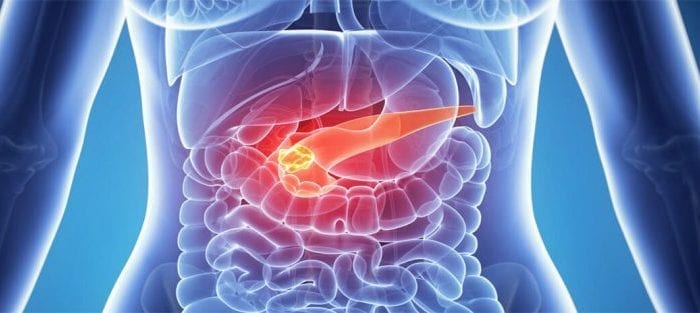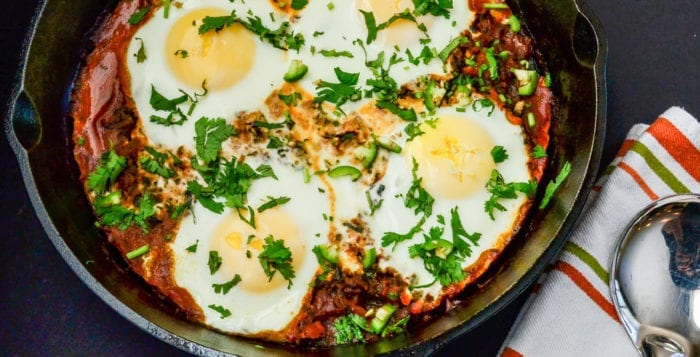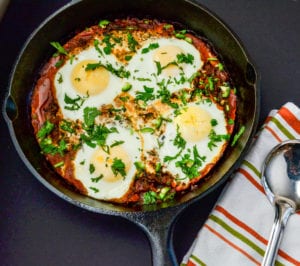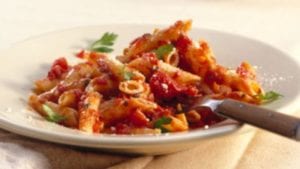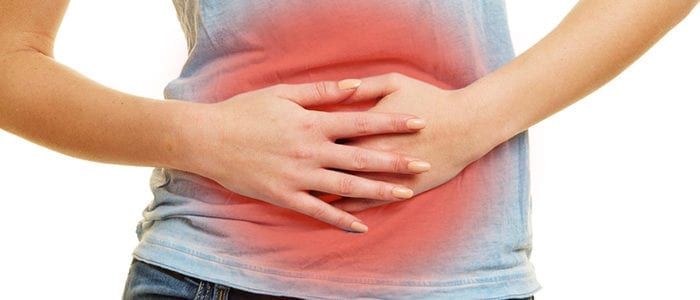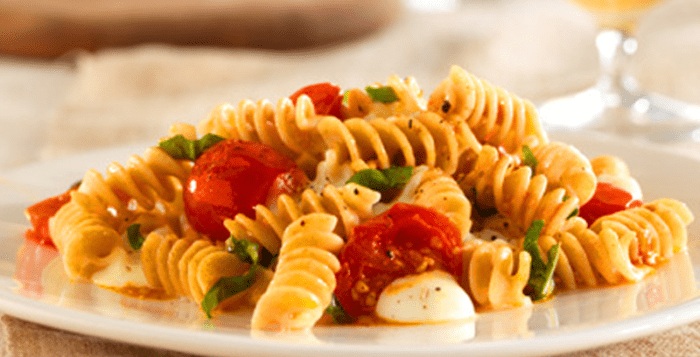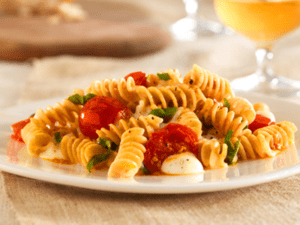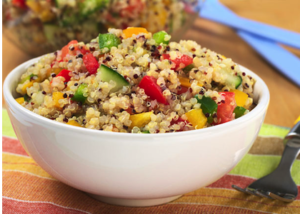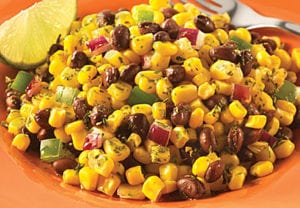By Kyrnan Harvey

Do you have some part of your property that is all hot and dry in full sun? Maybe at some remove from the house, in the backyard or out at the road, where the lawn grasses perennially compete with crabgrasses and other weeds over poor soil and there is nothing to look out at through your windows?
The next two or three months would be a great time to dramatically transform your homescape with a matrix of ornamental grasses throughout which you could, in time, introduce many different flowers. Now through December is their season to glow, especially in the late summer and autumn sun.
Many landscapers cut down grasses as part of their fall cleanups, but we cut down ours at the very end of winter.
 There are cool-season ones (feather-reed grass, blue fescue) that start growth soon after winter and warm-season ones (switchgrass, Miscanthus, fountain grass) that are delayed until the heat of May.
There are cool-season ones (feather-reed grass, blue fescue) that start growth soon after winter and warm-season ones (switchgrass, Miscanthus, fountain grass) that are delayed until the heat of May.
The former bring beauty starting in late spring, the latter from late summer; but all of them bring texture and form that endure for many months, often right through winter. Flowers of grasses are not colorful, of course, but they provide a dreamy complement and contrast to flowers. They catch early and late rays, they rustle with the wind, they glisten with dew, and they are sculptural with frost and snow. The leaves of some grasses are bluish or silvery gray and some have reddish tints. And, most importantly, all ornamental grasses are 100 percent deer proof.
I believe that to achieve the desired effect, a minimum of 400 square feet of garden space is needed, preferably more. One important proviso is that the flopping of these grasses must be prevented. Many prefer lean soil, not too fertile and not too much water. If you have automatic irrigation, create separate zones for the beds. Withhold overhead watering from these beds overnight, which would cause the top-heavy flowers to flop. If you have poor soil or builder’s fill, this could actually work in your favor.

In my garden I have heavy clayish loam and no automatic irrigation. I hand-water with a hose, soaking certain plants, including grasses, if and when they most need it. This is easy and relaxing work, and you know your plants are loving it. Cool-season grasses benefit from extra water in the heat of summer, but many of the best grasses thrive on absolute neglect.
What handful of grasses should you look for and how might you obtain them? There are numerous wholesale nurseries that grow many different grasses here on Long Island, and any independent garden center would be happy to order them.
You will find one- or two-gallon containers at local garden centers, ready for planting; whereas mail order would be much smaller plants. Nowadays it is so easy to go into your phone or computer and see what’s what.

For a hot, dry, sunny location, I can highly recommend first and foremost Calamagrostis ‘Karl Foerster’ (feather-reed grass) and any of a growing number of Panicum (switchgrass) varieties. Let these two, with their height and verticality, establish structural continuity throughout the planting. Get seven of the ‘Karl Foerster’ and three of the switchgrass per 400 square feet. Plant ‘Karl Foerster’ in drifts or blocks.
It will be highly unlikely you will find a ‘Karl Foerster’ at this time of year without its seed heads cut down. This great plant flowers in June; growers’ daily overhead irrigation causes the flowers to flop, so they cut them down. Plant them anyway and look forward to next year. Scatter the switchgrass, randomly.
 Scatter or drift Muhlenbergia (muhly grass) in the same proportion as the feather-reed grass. Again, grasses should usually be planted en masse, to create the naturalistic mood, but they don’t necessarily need to be planted as a block.
Scatter or drift Muhlenbergia (muhly grass) in the same proportion as the feather-reed grass. Again, grasses should usually be planted en masse, to create the naturalistic mood, but they don’t necessarily need to be planted as a block.
At this point, minus the feather-reed grass that has been cut down, you will have a significant show already. Instant gratification. Now, if you have the space, you can supplement with a couple more: Schizachyrium scoparium (little bluestem) and Andropogon gerardii (big bluestem), best used as scatter plants. You could even drop in a specimen grass, like Miscanthus ‘Purpurascens,’ though it would want that hose in the dry weeks of July.
Although these grasses are very drought-tolerant do not make the mistake of not watering them thoroughly until they are established. Typically they are pot-bound, and these can dry out if they are left unwatered for two or three days. Sometimes if I plant drought-tolerant grasses in June or July, I will keep hand-watering them through August.
When laying out your grasses be sure to leave plenty of room for other perennials and bulbs and even naturalizing biennials and annuals, all of which together will enhance and compliment your new dreamscape of grasses.
Kyrnan Harvey is a horticulturist and garden designer residing in East Setauket. For more information, visit www.boskygarden.com.


